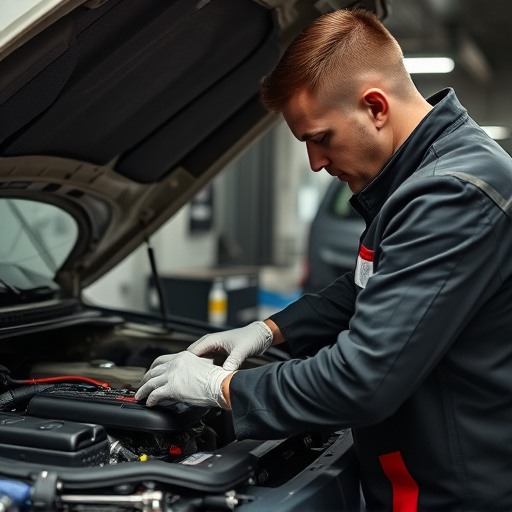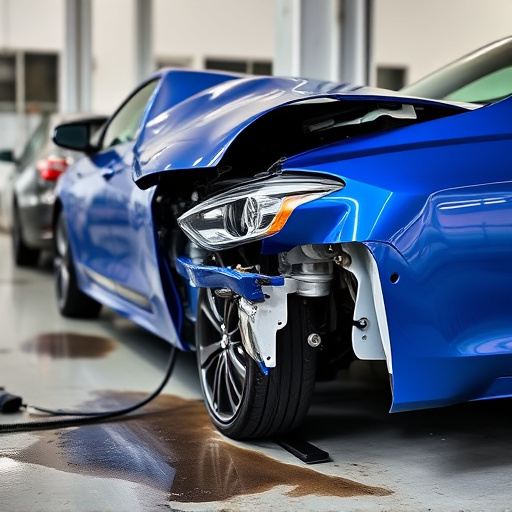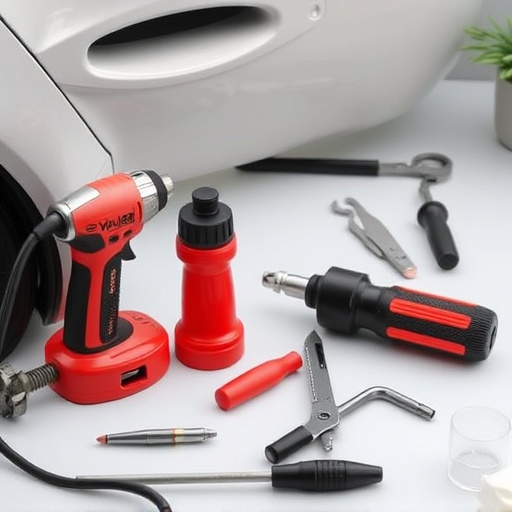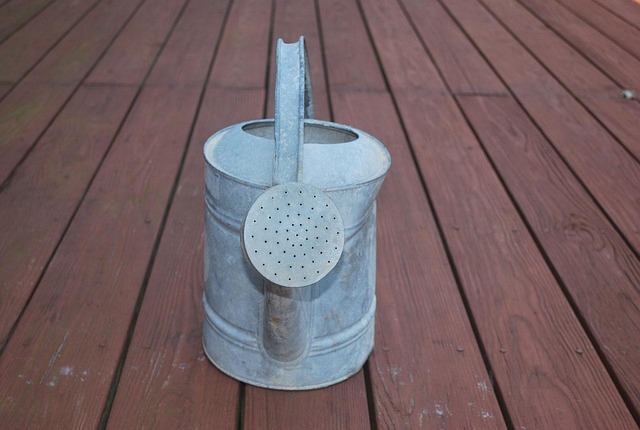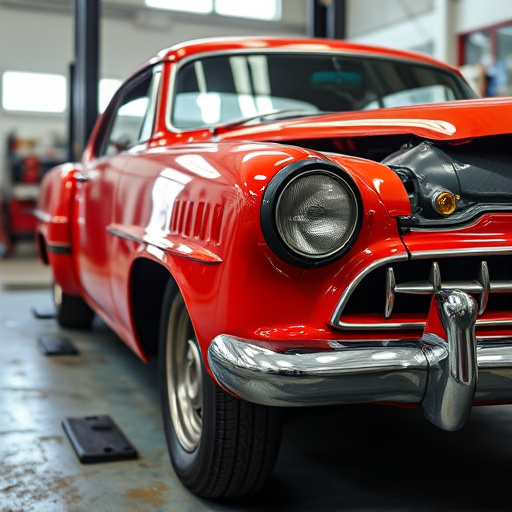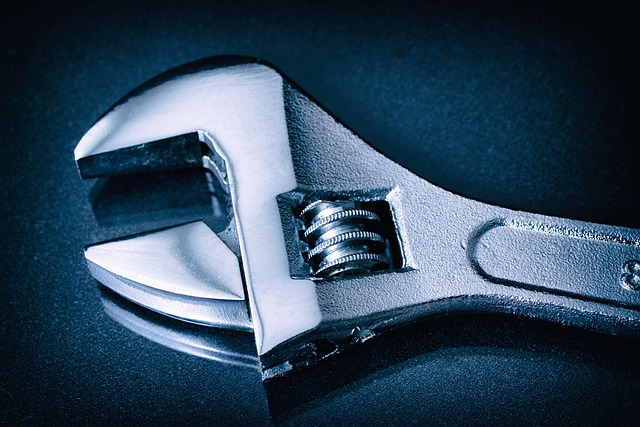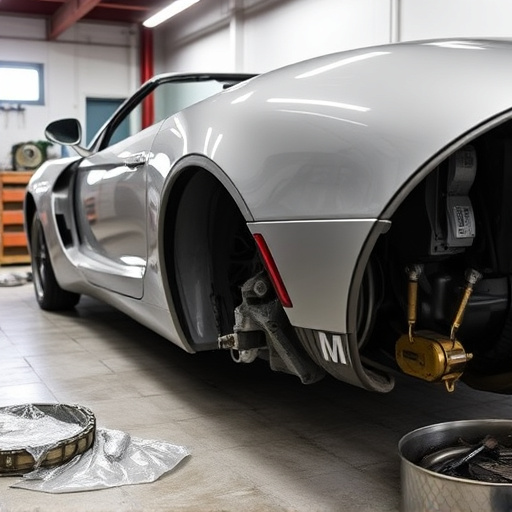Post-repair insurance inspections are vital for resolving disputes between policyholders and insurers, ensuring auto repairs meet industry standards. These objective evaluations assess structural integrity and aesthetic appeal, providing transparent reports that aid in charge and quality disputes. By meticulously documenting the vehicle's condition before, during, and after repairs, these inspections offer peace of mind for policyholders and enhance repair shops' credibility. To maximize benefits, select qualified inspectors, facilitate clear communication among all parties, and document pre-existing conditions to prevent future disputes.
Post-repair insurance inspections play a pivotal role in dispute resolution, offering a comprehensive assessment of repair quality. In an era where claims and disputes are common, these inspections ensure that both insurers and policyholders receive fair compensation. By meticulously evaluating the work, post-repair inspections help clarify responsibilities, prevent fraud, and foster trust. This article explores the benefits of these inspections, provides insights on conducting accurate assessments, and highlights why they’re essential tools in managing repair-related controversies effectively.
- Understanding Post-Repair Insurance Inspection: Its Role in Dispute Resolution
- Benefits of Conducting a Comprehensive Post-Repair Assessment
- How to Ensure the Accuracy and Effectiveness of Post-Repair Insurance Inspections
Understanding Post-Repair Insurance Inspection: Its Role in Dispute Resolution

Post-repair insurance inspection plays a pivotal role in dispute resolution between policyholders and insurers after car damage repair or tire services. It serves as an objective evaluation process, ensuring that the restoration work aligns with industry standards and the initial scope of coverage. During this inspection, certified professionals meticulously examine every aspect of the auto maintenance, from structural integrity to aesthetic appeal, providing a comprehensive report on any discrepancies or potential overcharges.
By implementing post-repair insurance inspection, insurers gain a clearer understanding of the repair process and its outcomes, thereby fostering transparency. This becomes especially valuable in cases where policyholders contest charges or dispute the quality of work. The detailed reports generated aid in reaching mutually agreeable resolutions, ensuring that customers receive fair compensation for their car damage repair while insurers maintain the integrity of their claims processes.
Benefits of Conducting a Comprehensive Post-Repair Assessment

Conducting a comprehensive post-repair insurance inspection offers numerous benefits that extend far beyond simply verifying the quality of the auto repair shop’s work. This meticulous process serves as a powerful tool for dispute resolution, ensuring that policyholders receive fair compensation for their vehicle repairs, including crucial components like bumper repair and vehicle dent repair. By assessing every detail of the repaired vehicle, insurance adjusters can identify any discrepancies or substandard work, which may lead to disputes between the insured, auto repair shop, and insurance provider.
Moreover, a thorough post-repair assessment helps establish a clear record of the vehicle’s condition before, during, and after the repair process. This documentation is invaluable in the event of a dispute, as it allows all parties involved to have a transparent understanding of the work performed and any additional damages or issues that may arise. For policyholders, this means peace of mind knowing that their interests are protected, while auto repair shops benefit from enhanced credibility and the opportunity to demonstrate their expertise and commitment to quality in every repair job, whether it’s for bumper repair or more intricate auto repairs.
How to Ensure the Accuracy and Effectiveness of Post-Repair Insurance Inspections

To ensure the accuracy and effectiveness of post-repair insurance inspections, several key steps should be taken. Firstly, selecting a qualified and experienced inspector is paramount. Look for professionals with valid certifications and a proven track record in the industry, especially when dealing with complex car repair services or specialized tire services. Their expertise will guarantee a thorough assessment, identifying even subtle issues that might be overlooked by untrained eyes.
Secondly, clear communication between the insured, insurance provider, and the repair shop is essential. Before the inspection, ensure all parties understand the process, expected outcomes, and the importance of documenting any pre-existing conditions or damage. This collaborative approach aids in resolving disputes efficiently, especially when it comes to contentious issues like car paint repair. By following these practices, you can maximize the benefits of post-repair insurance inspections, ensuring fair compensation for valid claims.
Post-repair insurance inspections play a pivotal role in dispute resolution, offering a comprehensive assessment that can prevent costly misunderstandings. By thoroughly examining repairs and documenting any discrepancies, these inspections ensure fairness and accuracy, ultimately safeguarding both policyholders and insurers. Embracing this practice fosters trust and transparency, making it an invaluable tool for managing post-repair claims efficiently.


